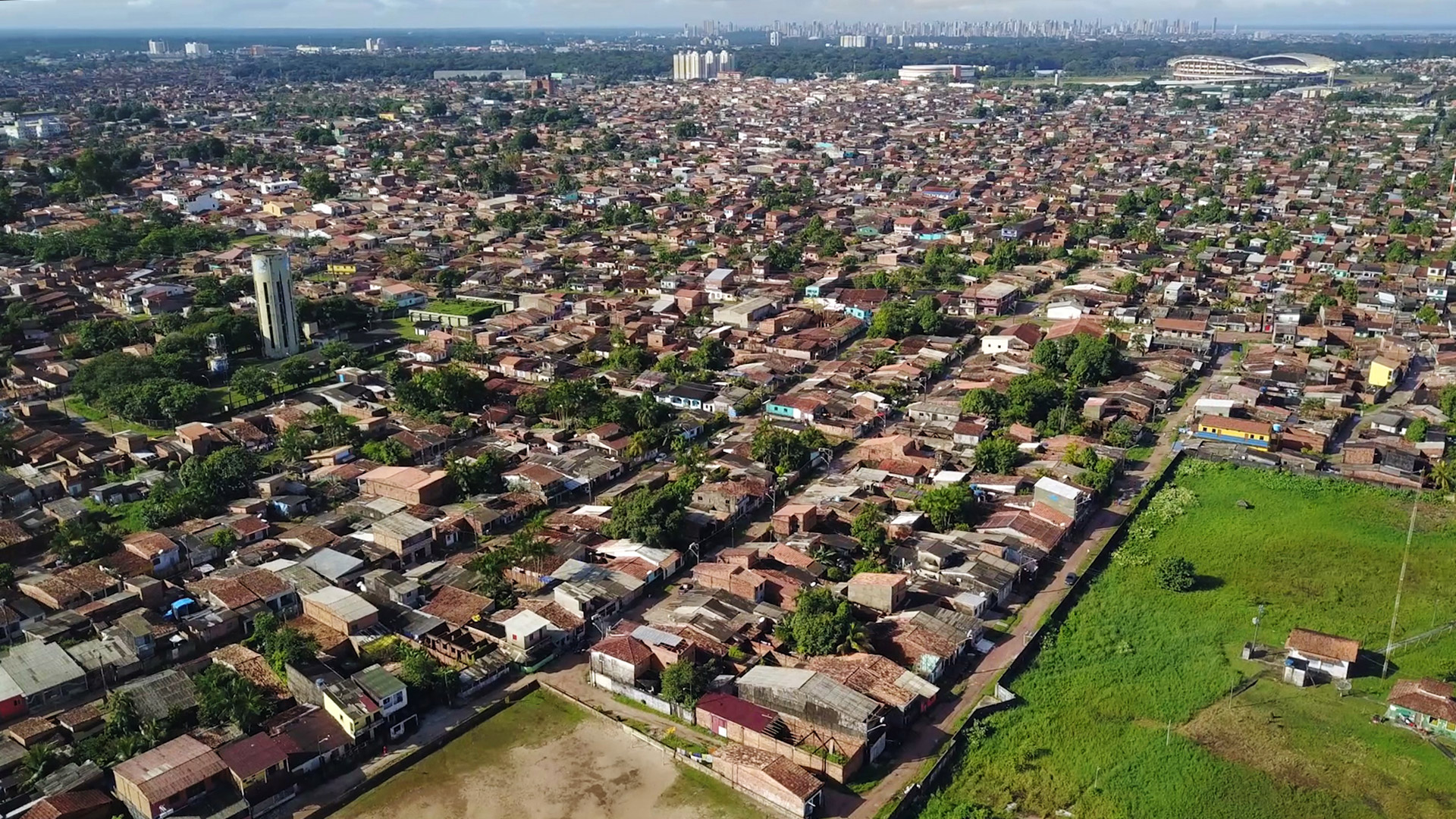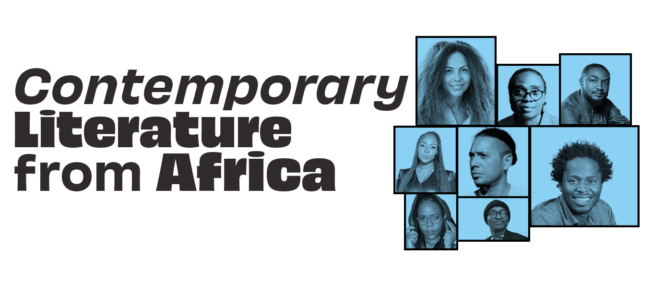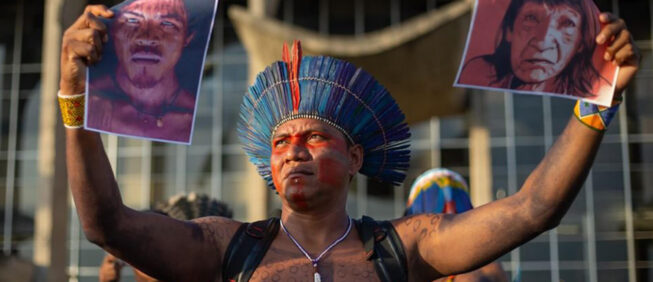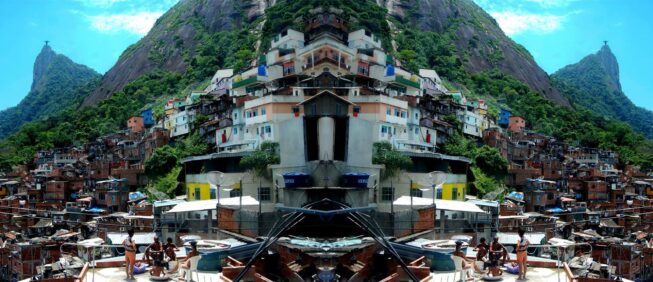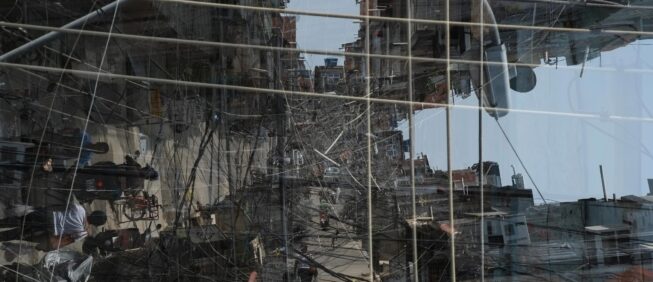Democracy and cabanagem
Aiala Colares
Wellington Frazão
| Brazil |
Belém’s peripheral neighborhoods function as urban spacialities, dynamic in their construction of territorial identities, and closely intertwined with the diverse forms of social and cultural reproduction that emerge as logics for the day-to-day lives and survival strategies of their populations.
Belém’s peripheral expansion came about through a deterritorializing process, in which part of the population was “expelled” from the city’s central areas and displaced to the peripheries. The metropolis’s peripheral spaces and the baixada areas also became an important location for the different forms of social reproduction and movements for the right to the city. This occurred through an intense process of “social exclusion” or “socio-spacial exclusion.”
We must therefore refer to Brazil’s housing problems, above all in the metropoles, where they lie at the center of urban issues. On account of the exclusion of a large portion of the population at the hands of the formal real estate market, the “solution” for this housing deficit has become alternative housing. The world of urban policy has subjected this solution to a perverse logic of space production, in which it is blamed for the majority of social issues. In the Amazon, Belém’s urban expansion was characterized by a permanent and growing gap between slow urban growth and rapid expansion at the city’s margins.
Between the 1980s and the beginning of the 1980s, Belém became known as the “capital of invasions” due to the various occupation movements that exploded around the Augusto Montenegro Highway, connecting the city’s south and north zones toward the district of Icoarací. In the same vein, various movements for the right to housing took place along the BR-010 highway, reaching all the way to the municipality of Ananindeua, at the extreme north of the Belém metropolitan area.
In Belém, popular occupations in the city’s peripheral zone became parts of the city’s urban landscape, as evidenced by the effects of conflicts over soil usage. It is in this context that the neighborhood of Cabanagem was born. The name of the neighborhood pays homage to the popular movement of Cabanagem (1835 to 1840), which took place in Grão-Pará province (now Pará state), and drew its name from the large number of participants that lived in huts (cabanas) on the edges of the region’s rivers.
The neighborhood of Cabanagem came about cerca 1988 and immediately underwent a period of rapid growth. According to the 2010 IBGE (Brazilian Geography and Statistics Institute) census, the neighborhood held a population of 27,781 residents. It was first called Santa Maria, following an occupation that resulted in the ownership of an old plantation by the same name. The area’s definitive occupation came about with the intervention of then-governor Hélio da Mota Gueiros (1987 - 1991), whose government re-appropriated the land from a sand and asphalt company.
Cabanagem is considered to be a popular peripheral neighborhood in the area of Belém’s expansion. The existence of social activist movements in Cabanagem is essential. Among these are neighborhood collectives, community centers, civil society organizations, community radios, associations, and other types of organizations that contribute to the periphery’s resistance movements that fight for the right to the city.
The Periferia em Foco Collective (Periphery in Focus) is an example of Cabanagem’s fight for democracy. It is an alternative media project that showcases the periphery of Belém and its metropolitan region in a strategic light. Cabanagem is displayed not as marginalized or full of negative stereotypes; rather, the project looks to present the periphery’s positive side: its people and their histories, their fights, and their rights.
Periferia em Foco uses social media to tell of the potency of popular neighborhoods, above all through its Facebook page. It publicizes its web series, interviews, informal talks, roundtables, and workshops. The project became a voice for the periphery on social media. It seeks, above all, to construct a collective that both allows the local population to value and appreciate themselves (auto-valorização) and disputes the field of the “culture of violence” present in these areas. The project is a collective construction that looks to disseminate critical and discursive thought in relation to the views of residents themselves and their place of belonging in the city. All this is focused on the positive side of the periphery: individual and creative potencies. Their work is focused on the narratives of those that inhabit the peripheries: the fair vendor, the bus driver, the teacher, the primary and secondary school student, the good police, the healthcare professional, the home secretary, the civil construction professional, the mother and father that dream and fight to see their children far from life’s evils, and above all, the youth that is transforming the periphery.
The Periferia em Foco project grew out of the concern of one young university student from Cabanagem, unsatisfied with the stigma faced by citizens of the periphery: the idea that they have no voice and no chance, and that “all residents of the periphery is a criminal or will be one soon.” In August of 2016, he met with three friends, who, like him, were uncomfortable with the negative image attributed to the residents of such areas. The four of them, all residents of the Cabanagem neighborhood, began to tell of the good side of the periphery on social media. It was at that moment that Periferia em Foco was born.
The project’s coordinator, Wellington Frazão, has been a resident of Cabanagem since birth. Now age 30, Wellington has studied music at an NGO in the Cristo Redentor neighborhood, an organization that maintains a partnership with the Carlos Gomes Foundation, where many youth go to continue musical training after two years of studying music theory. In the words of Wellington, “We of the periphery want respect; we want rights; we want to live and above all live with quality, as we too form part of this society. We of the periphery do not need a “mini-series” or more sensationalist police dramas. We want to be seen and viewed from the positive side, which far exceeds the negative side. We are not being hypocrites and saying that crime does not occur, that there is no poverty, that there is no evil here. We are showing off the best practices of Belém’s peripheries, promoting our value and tearing down the myths of the periphery constructed by big media -- those perspectives that see the periphery only through the lense of poverty and suffering. We are showing the other side of the story, showing that we are filled with creative power, that we are the beating heart of the city. The periphery is the city.”
Periferia em Foco, in its two year history, has played an important role for the periphery of Belém. It has given visibility to projects organized by the communities situated at the city’s borders. Beyond journalistic work on social media, Periferia em Foco also forms a part of the Agência de Narrativas das Periferias at the Instituto Maria e João Aleixo, a network dedicated to positive journalism and publishing.
Aiala Colares de Oliveira Couto | Belém, Brazil |
Aiala Colares de Oliveira Couto is Professor and Coordinator of the Lato Sensu post-graduate course at the Amazon Geography Department of the Pará State University (UEPA). He is a researcher and coordinator of the Afro-Brazilian Study Group (NEAB), an organ of the Brazilian Association of Black Researchers (ABPN).
Wellington Frazão | Belém. Brazil |
Coordenador do Periferia em Foco
